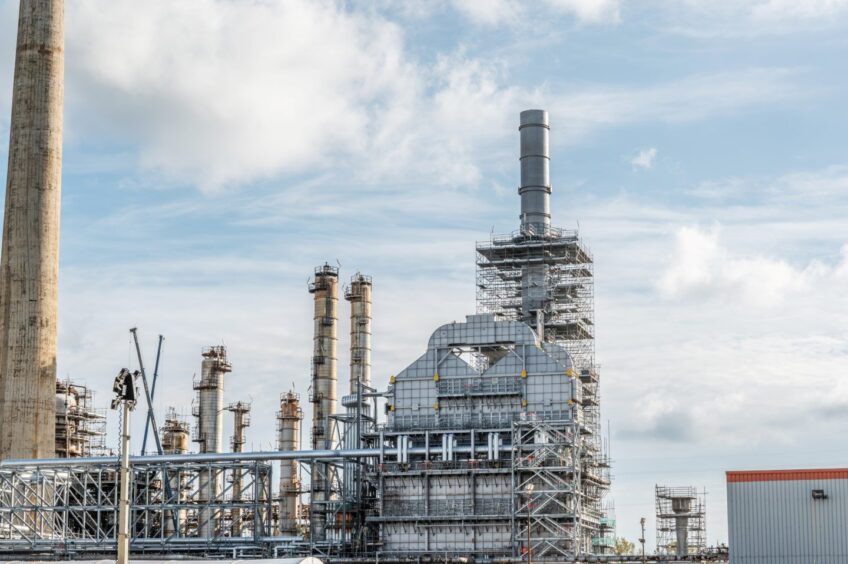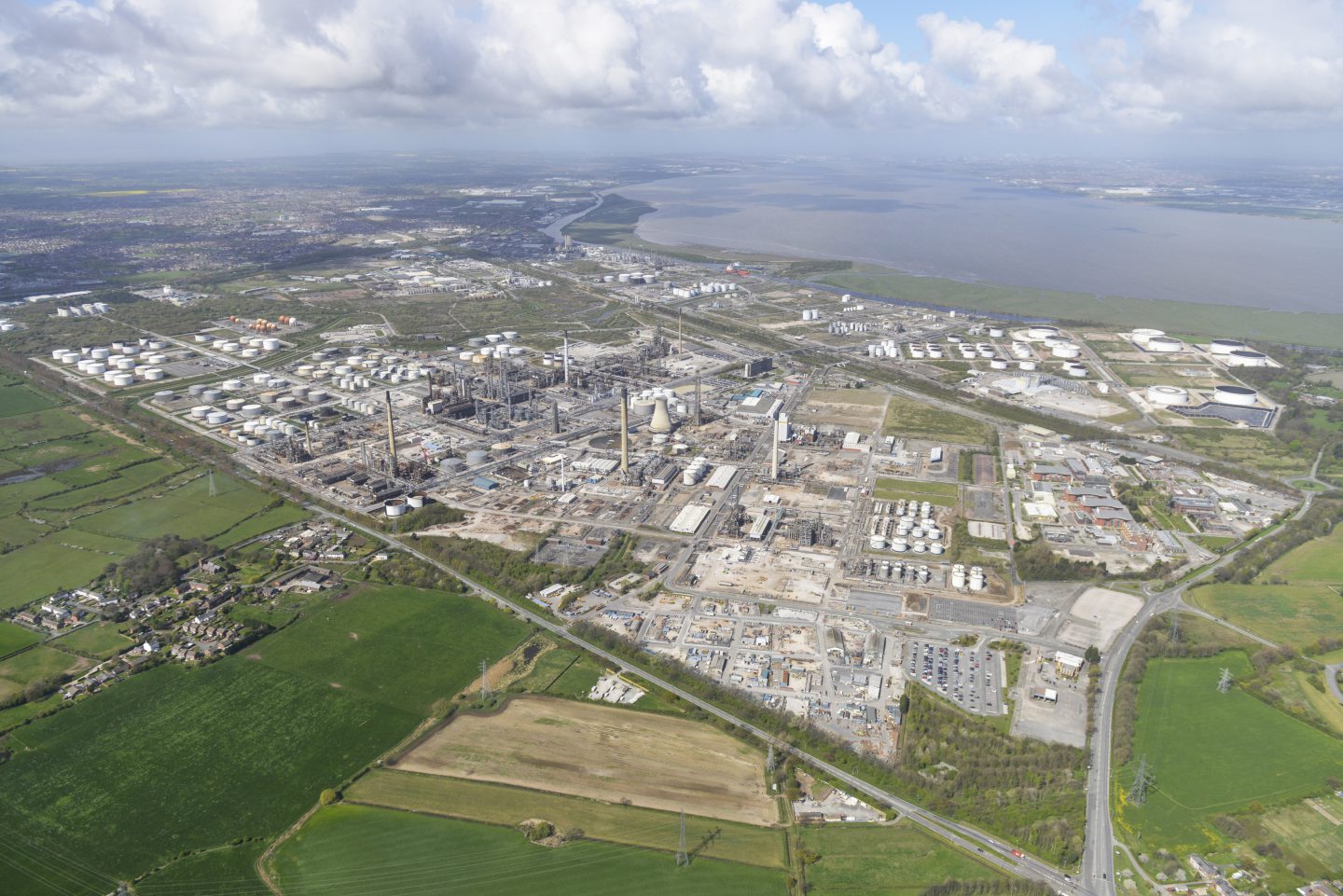
EET Fuels has selected Aberdeen-headquartered Wood to undertake planning works for its hydrogen fuel switching project at the Stanlow refinery.
The projects forms part of plans to turn the Stanlow facility near Liverpool into what the EET Fuels says could be the “world’s first decarbonised refinery”.
The fuel switching strategy will see hydrogen, produced on site by EET Hydrogen, replace natural gas and refinery off-gas as the main fuel source for the refining operations.
As part of the front-end engineering and design (FEED) phase, Wood will coordinate final designs of the fuel system that will feed into a hydrogen-ready furnace at the site.
Wood will also re-design the core infrastructure and control systems to enable the
efficient and safe combustion of hydrogen, EET Fuels said.
The company said completion of the FEED study will allow it to take a final investment decision on the project in 2025.
EET Fuels said the furnace is the first of its kind installed in any UK refinery.
It will be capable of running on 100% hydrogen, or a fuel-gas mix, and will reduce emissions at Stanlow by around 200,000 tonnes per year.
EET Fuels chief executive Deepak Maheshwari said hydrogen fuel switching is an integral part of the company’s plans for its UK operations.
“Conducting the FEED alongside a great partner in Wood will allow us to confidently move forward to final investment decision,” Maheshwari said.
“We remain on track to become the world’s first low carbon process refinery, providing security of fuel supply to the UK, as well as building and maintaining employment in the UK’s industrial heartlands.”
Stanlow refinery decarbonisation
Stanlow is one of the largest refineries in the UK, processing around 10 million tonnes of crude oil each year.
With the looming closure of the Grangemouth refinery in Scotland, earlier this year Maheshwari said he wants to expand operations at Stanlow.
The facility supplies a significant portion of UK transport fuels, including petrol, diesel and jet fuel, as well as petrochemical feedstocks.
Stanlow is also one of the largest industrial emitters in the UK, producing around two million tonnes of carbon dioxide each year.
In an effort to decarbonise its operations, EET Fuels is investing £1.2 billion over the next five years with a target to reduce emissions by 95% by 2030.
In addition to hydrogen fuel switching and improved efficiency, EET Fuels is also progressing plans for carbon capture and storage (CCS) at the Stanlow site.
The CCS plans form part of the wider HyNet industrial cluster, which will see CO2 emissions from across north west England captured and stored offshore in the Liverpool Bay.
EET Fuels is also planning to construct Europe’s first hydrogen-ready combined head and power plant at Stanlow by 2027.
Recommended for you


 © Supplied by Essar
© Supplied by Essar